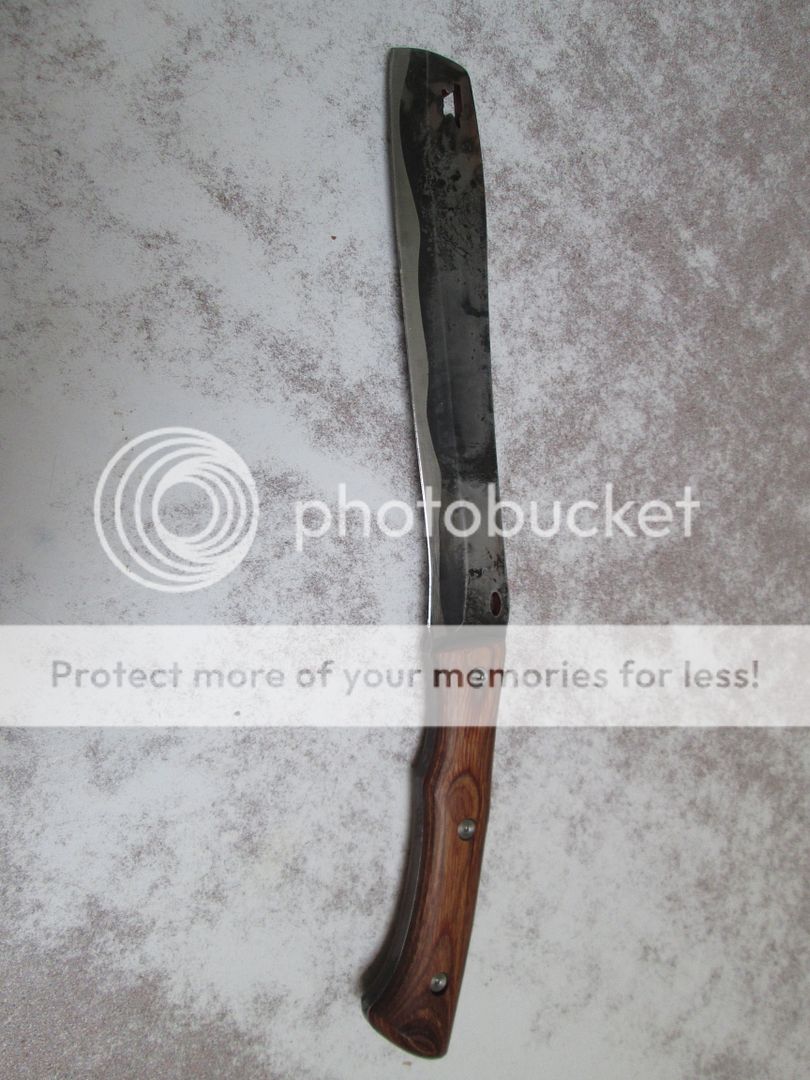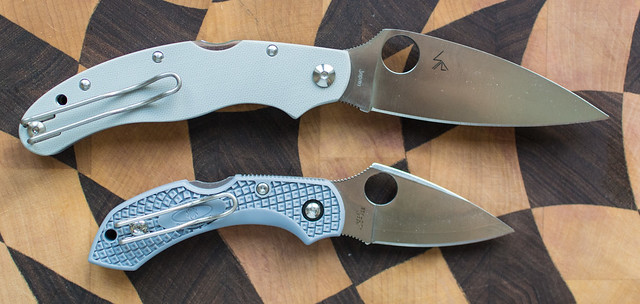- Joined
- Apr 29, 2011
- Messages
- 947
As a X coin collector I know what a patina means. On a knife a patina to me means looks like garbage.
So when I watch videos of people trying to add a patina to their knife using mustard, hot vinegar or a potato or acidic juices I don't understand the point. They say it adds a protective layer to the steel. I say it makes the steel look like crap lol.
Even with a natural patina I prefer to take the blade to a sharpening stone and rub off the whole patina. I like the shine.
While we are on the subject of patina can anyone tell me any steels that are impervious to a patina?
So when I watch videos of people trying to add a patina to their knife using mustard, hot vinegar or a potato or acidic juices I don't understand the point. They say it adds a protective layer to the steel. I say it makes the steel look like crap lol.
Even with a natural patina I prefer to take the blade to a sharpening stone and rub off the whole patina. I like the shine.
While we are on the subject of patina can anyone tell me any steels that are impervious to a patina?














